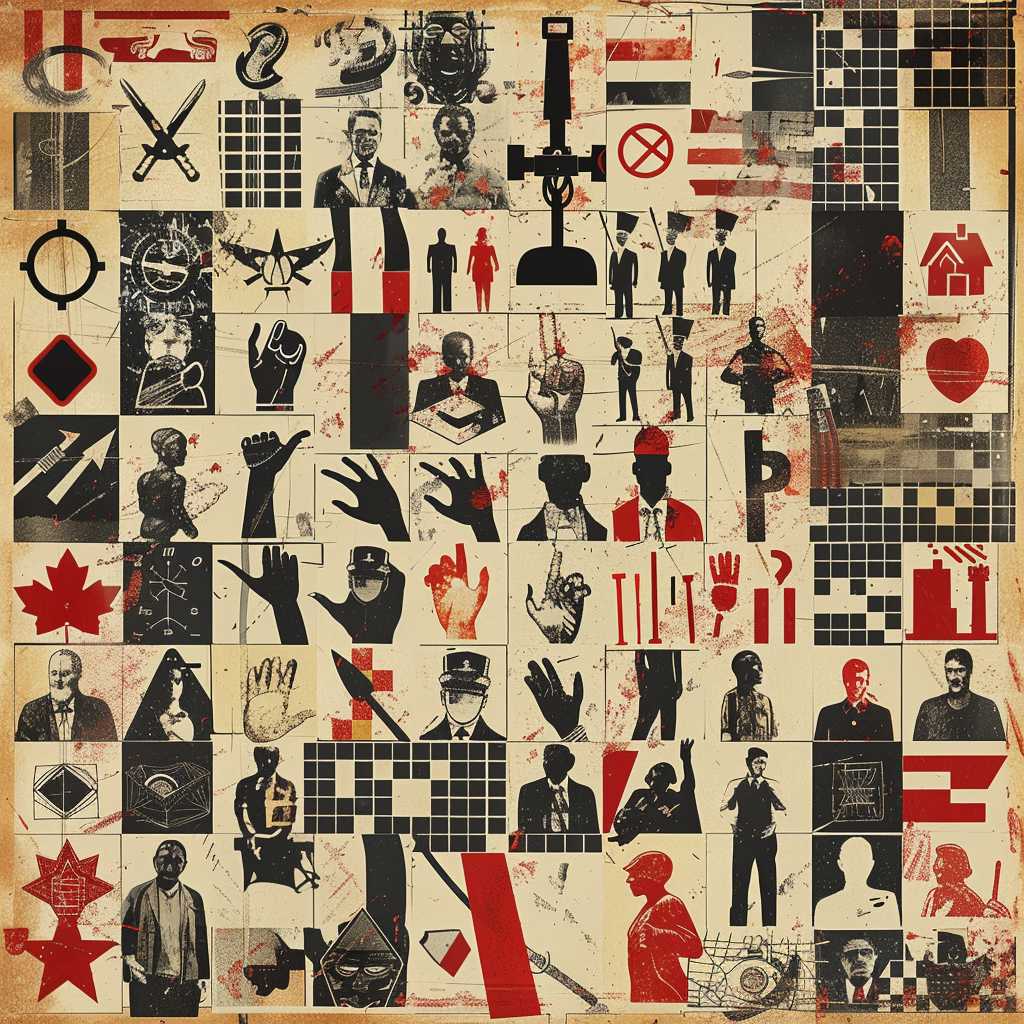Understanding the Concept of The Regime in Political Contexts
The term “regime” refers to the form and methods of governance and the set of rules, cultural or social norms, etc., that regulate the operation of a government or institution and its interactions with society. While more commonly associated with authoritarian governments, the concept itself is politically neutral: any system of governance can technically be considered a regime. The nature of a regime can vary greatly from democratic to autocratic, and its structures may be official and institutional or informal. This article seeks to explore different types of regimes, their characteristics, implications for civil society, historical examples, and recent shifts in global regimes.
The Spectrum of Regimes: From Democratic to Authoritarian
Regimes are typically located on a spectrum ranging from full democracies to complete autocracies. Democratic regimes are characterized by free and fair elections, rule of law, separation of powers, protection of human rights, active political participation by citizens, and mechanisms of accountability for leaders. In contrast, authoritarian regimes are marked by a concentration of power in the hands of a single individual or a small group, lack of effective opposition parties, suppression of dissent and freedoms, rigged elections if they occur at all, and pervasive state control over various aspects of life.
Historic and Iconic Regimes
Throughout history, there have been numerous regimes that have left significant marks on societies and global formations. For instance:
– The Roman Empire operated under a mixed form of government with elements of democracy, oligarchy, and autocracy.
– The Ottoman sultanic regime was noted for its multifaceted administrative system that combined centralized authority with considerable local autonomy.
– The Soviet Union presented a single-party socialist regime that played a major role in world politics during the 20th century.
– Nazi Germany manifested as a totalitarian regime under Adolf Hitler’s National Socialist Party.
Each historic regime brought distinct philosophies of governance and had different impacts on their respective societies’ development.
Current Trends in Global Regimes
In recent years, the term “regime” has often been connected to discussions of authoritarian relapse or democratic backsliding where traditionally democratic nations have seen a tightening grip on central authority or erosion of democratic principles. Another trend is the increasing reference to power shifts towards populism and nationalism where political figures appeal directly to the public over the institutional frameworks that characterize traditional governance.
Implications for Civil Society
Civil society often flourishes under democratic regimes given the freedoms they espouse; however, under more controlling or totalitarian regimes, civil society can either be co-opted into a part of the regime machinery or suppressed entirely. In the modern era, technological advancements have both empowered civil societies with tools for mobilization and discourse as well as furnished regimes with enhanced surveillance capabilities to monitor dissent or hinder organizational efforts against the status quo.
Regime Typologies: An Analytical Framework
Political scientists sometimes use regime typologies as analytical frameworks for understanding governance models within states. These include classifications like hybrid regimes (elements of both democracy and authoritarianism), military juntas (military officers who collectively rule a country after seizing power via coup), monarchies (sovereign headship resides with an individual or dynasty), and theocratic regimes (ruled based on religious authority).
Coping Strategies under Various Regimes
Depending on their nature, different regimes pose different challenges and elicit disparate coping strategies from citizens. In open societies, citizens leverage traditional political engagement tools such as advocacy groups, public forums, and elections. In suppressive environments, resistance takes alternative forms such as underground movements, coded communication mediums, international appeals for support or asylum-seeking endeavors.
Notes
Image description: A conceptual collage representing various types of political regimes. A checkerboard foundation has symbols signifying different forms: a ballot box indicating democracy; an iron fist signifying autocracy; protest signs indicating opposition movements; folded hands representing pacification; crossed swords depicting martial rule; an illustrational crowd signifying civil society; faded flags representing transformative regime changes; digital icons showing cyber-surveillance; and diverse representational silhouettes embodying demographic involvement in civil governance.
